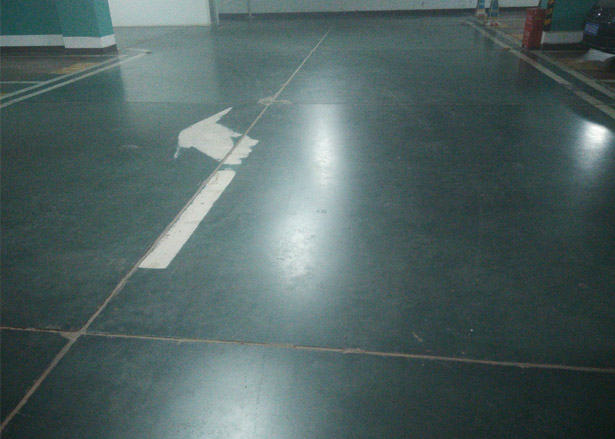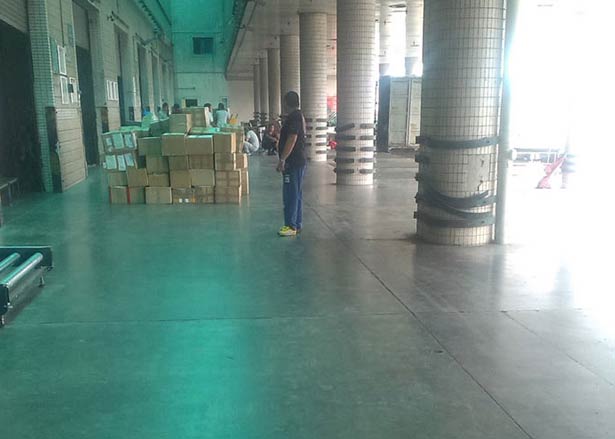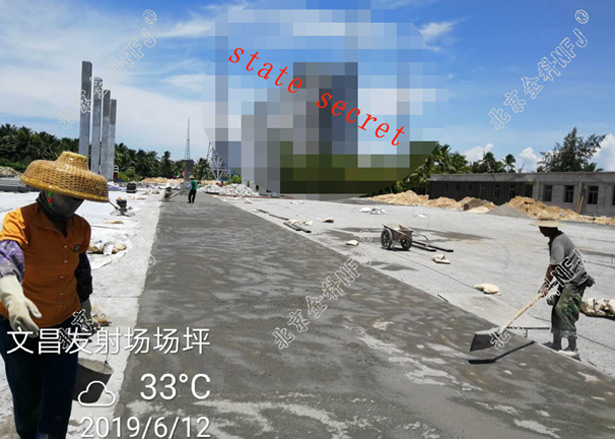## Understanding Microporous Ceramic for Heat Exchangers
Microporous ceramics have emerged as an innovative solution in the realm of heat exchangers, providing efficiency and effectiveness in a multitude of industrial applications. These ceramics are characterized by their intricate network of pores, typically ranging from 0.1 to 5 micrometers in size, which facilitate efficient thermal exchange in various systems.
At the heart of microporous ceramic technology is its unique composition. These materials are often made from a combination of inorganic oxides, such as alumina and silica, which contribute to their durability and thermal stability. The porosity of the ceramic is critical; it allows for high surface areas that enhance heat transfer capabilities. During operation, hot fluids pass through the pores while cooler air or fluids are directed on the opposite side. The effective collision of these two mediums ensures optimal heat transfer, making microporous ceramics incredibly efficient for applications in energy systems, chemical processing, and even HVAC systems.
The working mechanism of microporous ceramics in heat exchangers is rooted in the principles of thermodynamics. The large surface area provided by the micropores promotes better thermal conductivity compared to traditional heat exchangers, which often struggle to maximize surface contact. Additionally, these ceramics exhibit excellent resistance to thermal shock and corrosion, ensuring longevity and reliability in harsh operating conditions.
Advanced technology plays a crucial role in the production of microporous ceramics. With the utilization of cutting-edge manufacturing processes such as precision casting and sintering, suppliers can produce ceramics with controlled pore sizes and distributions. This control translates into enhanced performance metrics, allowing for the design of heat exchangers that can operate under extreme temperatures and pressures. For example, in power generation facilities, microporous ceramics can be used in gas-to-liquid heat exchangers, where they efficiently transfer heat while minimizing energy losses.
In practical scenarios, microporous ceramic heat exchangers find applications in industrial processes such as waste heat recovery, where they recover heat from exhaust gases and transfer it to incoming air or fluids, thereby improving overall system efficiency. In automotive applications, these ceramics help maintain engine temperatures, reducing emissions and enhancing fuel efficiency.
The role of microporous ceramics in modern manufacturing cannot be overstated. As industries seek sustainable and energy-efficient solutions, the capabilities of these advanced materials provide significant advantages. For businesses looking to integrate microporous ceramic technology into their operations or to learn more about specific applications, contact us for the latest innovations and to find reliable suppliers in the market.
Show More >>
PRODUCTS
You are welcome to contact us at any time, please write the message here and we will reply you in 24 houre. thanks foryour support.
NEWS
May.22, 2019



